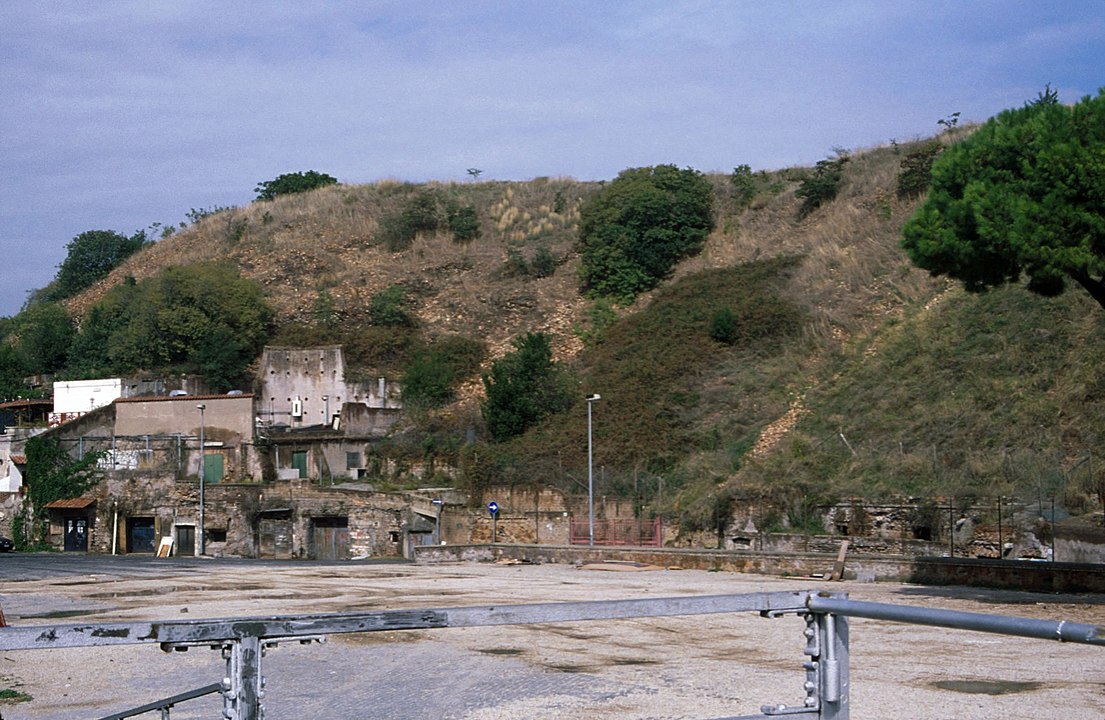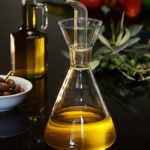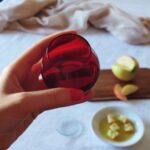This post is also available in:
Español (Spanish)
Nederlands (Dutch)
Français (French)
Deutsch (German)
Português (Portuguese (Portugal))
Let’s talk about ours, about the best oil in the world since Roman times: Olive Oil from Betica. Although in previous articles we talked about plastic as the worst option if we want a truly innocuous and recyclable container for olive oil, today we bring a little bit of history and knowledge. For the previous articles on plastic in the world of EVOO and health, in general, it was necessary to do a lot of research. In this process of acquiring knowledge, many doubts were also generated and one that was more than interesting was born: How was oil transported before plastic? In this article we will take a short trip to the Roman world and trace the life of olive oil on its most studied journey, from Baetica to Rome.
In this article we will take a short journey to the Roman world and trace the life of olive oil on its most studied journey, from Baetica to Rome.
The uillae of Baetica
.
Uillae is the Latin name for what we would know today as a large, very large villa, entailed estate or similar. It was made up of different types of land and crops, and the olive grove was usually left for land with a slope or of poorer quality for cereals. Owned by only one Roman family, typically using slave labour, some form of lease or sharecropping to free men. The olives were collected, milled, pressed and obtained an oil (of very different qualities), very appreciated in Rome. “From Turdetania is exported wheat and wine in quantity, and oil not only in quantity, but also of the best quality” (Strabo, Geography III).
Wine in quantity, and oil not only in quantity, but also of the best quality” (Strabo, Geography III).
Transport
.
Once the oil had been obtained and “packaged” in wineskins (tanned animal skins) it had to be transported to Rome, but transporting it two thousand five hundred kilometres by cart did not seem a very quick or efficient solution. There was the Baetis and the Singilis (Genil), a fast way to the Atlantic Ocean and the Mediterranean Sea, a direct line to the coasts of Italy.
.
Re-packaged in ceramic
On the banks of the Guadalquivir, in the triangle Córdoba – Ecija – Seville (Corduba – Astigi – Hispalis) the greatest concentration of pottery workshops (figlini) of the Roman history has been located. Tireless producers of amphorae for wine and oil, the wagons loaded with oil (or wine) arrived there or at the wharves. The liquids were re-packaged in amphorae, sealed and shipped to Rome (sometimes to northern Gaul). Each empty vessel weighed more than thirty kilos and could hold more than seventy litres of oil. We also know the draught of these sailing ships, so that they could carry up to a thousand amphorae. So ships with more than seventy thousand litres of oil could set sail on the banks of the Guadalquivir.
Monte Testaccio
.

Monte Testaccio
That huge quantity of clay amphorae arriving in Rome had to be deposited somewhere once they were exhausted and the Romans devised a system: the ammonpiled in an orderly fashion for over two hundred years creating the largest historical base of clay records in history: Mount Testaccio. Known as Rome’s eighth hill, it has more than two hundred years of amphorae to its credit. Ninety percent of them come from the Betica triangle and occupy two hectares of land almost thirty-five metres high.
Roman traceability, visionaries
.
We know that the vast majority of amphorae belong to Bética thanks to the “tituli picti”: stamps on the amphora itself that sometimes indicate in great detail the year of production, the empty and full weight of the amphora, the town from which the oil came, who the amphora belongs to, the port of embarkation and the owner of the vessel transporting the amphora. Sometimes the name of the owner or the tax paid for the amphora was also written. All of them advanced in traceability. You have more information in: “From wild species (kótinos) to sacred olive tree (élaios)”. Notes on olive cultivation, production, marketing and consumption of olive oil in the ancient Mediterranean. Desiderio Vaquerizo Gil. Pottery is all very well and beautiful, however, from La Verea Andaluza we strongly recommend that you only consume extra virgin olive oil packaged in glass or stainless steel if you want it to retain the maximum of its beneficial properties for your health for as long as possible.
.









